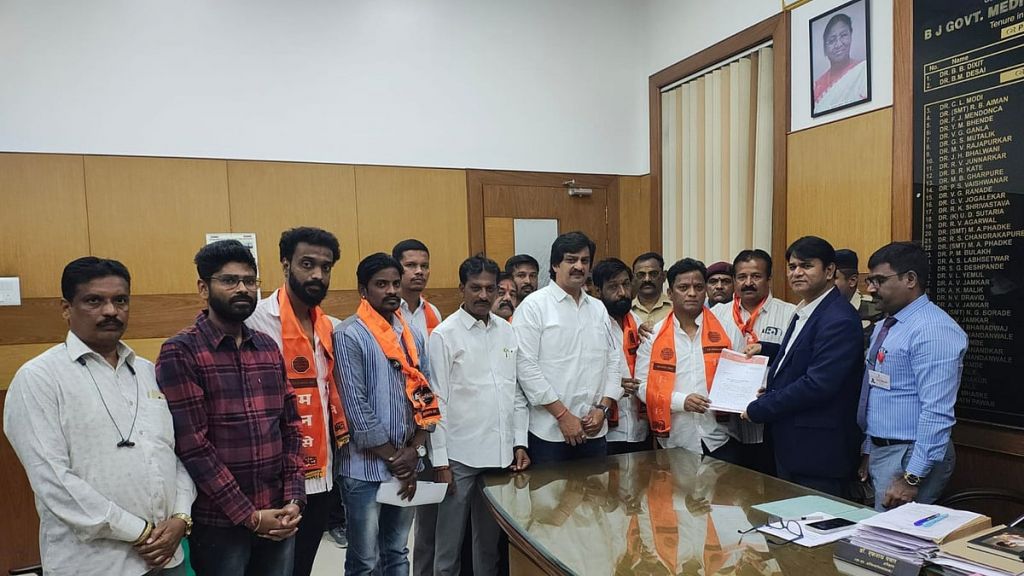
The Maharashtra Navnirman Sena (MNS) on Wednesday issued an ultimatum over the issue of the C-Arm machine in the operation theater at the Infosys building in Sassoon General Hospital, which has been non-functional for several months. The party demanded immediate action and changes, as the closure of the machine has left the poor unable to afford treatment at private hospitals, putting the lives of patients at risk.
A C-Arm machine is a sophisticated X-ray-based medical imaging tool. Although they can also be used for radiography, their primary function is fluoroscopy. The C-shaped arm that connects the detector on one end and the x-ray source on the other is what gives the device its name.
This fluoroscopy device is used to visualise patients' anatomy in the operating room during surgery.
In response to the ongoing issue, the Dean of Sassoon Hospital, Dr. Eknath Pawar, along with Pune Cantonment Department Chairman Ajay Kadam, was warned of a loud protest. The warning came in the presence of MNS leaders Pralhad Gawli, Ashish Deodhar, Narendra Tamboli, Vasant Khutwad, Sarang Saraf, Hemant Bolge, Yogesh Khambe, Bhushan Shinde, Vijay Rajput, and others.
Dr. Pawar assured that the C-arm machine would be operational within the next two days. However, the MNS has made it clear that it will not tolerate further delays and has called for swift action to address the issue.
Meanwhile, the activists and patients claim that Pune’s government hospitals lack burn units and not all can afford treatment at a private hospital. The activists claim that the city needs more burn units, especially at Aundh District Hospital (ADH).
ADH has a board that shows a burn unit but there is no bed reserved for the same.
Among government health facilities, there are only 20 beds in the burns ward of Sassoon General Hospital for critical burn victims and a new unit is being constructed at PCMC Yashwantrao Chavan Memorial Hospital (YCM). Apart from these two, a private hospital also runs a burn unit.
The burn patients are mostly in a critical state and it takes quite a long time for their recovery considering the long stay these beds remain occupied for a longer period, said a doctor from a government hospital on the condition of anonymity.